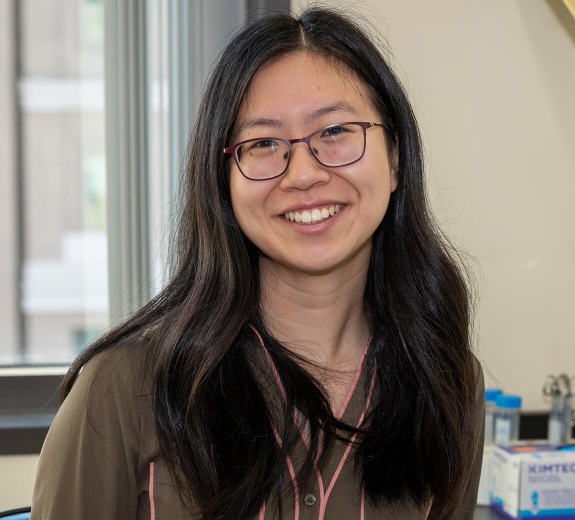
November 3, 2025
Early-Career Scientist Lucy Li Advances Lupus Research at BRI
Read Article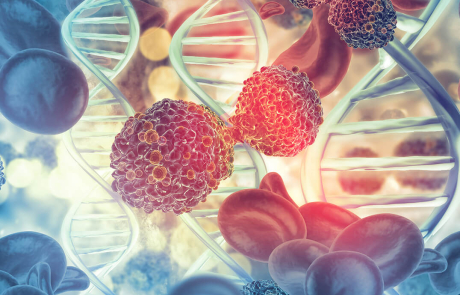
November 3, 2025
Mapping Immune Cells in the Skin
Learn how Peter Morawski, PhD, and Hannah DeBerg, PhD, are mapping immune cells in the skin to better understand how they may fight — or fuel — disease.
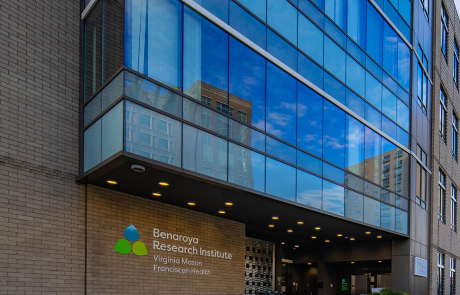
November 3, 2025
Innovation Fund Backs Exciting New Research
Allyson Byrd, PhD, and Cate Speake, PhD, are exploring an innovative tool in immunology research. The questions they can ask are limitless.

October 6, 2025
Innovation Fund Spotlight: Exploring Immune System Cells and Gut Bacteria
Allyson Byrd, PhD, is an expert in the gut microbiome, the study of the tiny organisms that live inside our digestive system. James Lord, MD, PhD, is a gastroenterologist who has studied inflammatory bowel diseases (IBD) like Crohn’s disease and ulcerative colitis for more than 20 years.
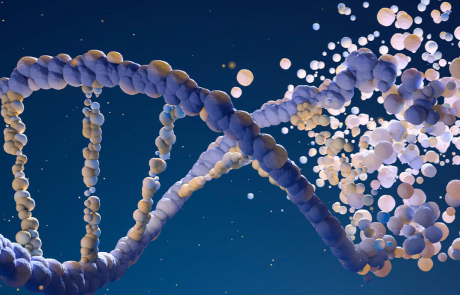
May 29, 2025
Innovation Fund Spotlight: State-of-the-Art Genome Editing To Understand Disease and Develop New Therapies
Learn how CRISPR-Cas9-based genome engineering using adeno-associated virus (AAV) vectors is helping BRI scientists make breakthroughs to study human T cells and explore new treatments for type 1 diabetes, as well as develop preclinical models to study T cells and B cells to ask questions about inf
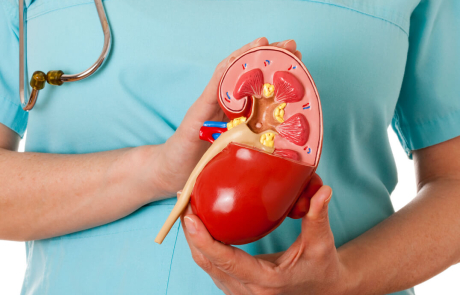
May 7, 2025
Finding the Root Cause of Lupus
For more than 20 years, Steven Ziegler, PhD, has wondered if an altered version of a protein might play a key role in autoimmune diseases. Now, he finally has the tools to investigate further – and his work could lead to key insights about how and why lupus happens.
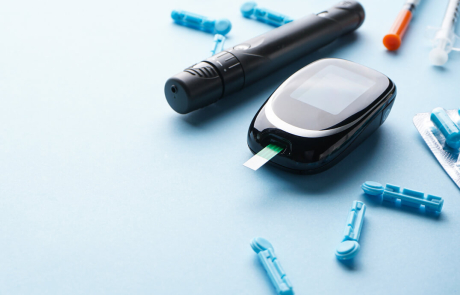
May 7, 2025
Autoantibody Reversion: A Mystery That Could Help Prevent T1D
At first, Cate Speake, PhD, and her team weren’t sure that a mysterious phenomenon called autoantibody reversion was actually happening. But no matter how they sliced the data, they saw the same pattern. Learn how autoantibody reversion could unlock new clues to preventing type 1 diabetes.
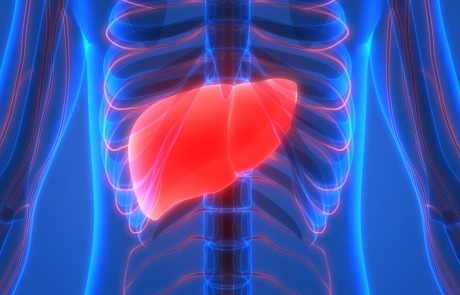
May 7, 2025
A New Approach to Autoimmune Disease Treatment Takes a Big Step Forward
BRI’s Buckner Lab has been pioneering an innovative approach that turns cells that cause T1D into cells that protect you from T1D. Now, new research from Soo Jung Yang, PhD, and Ritika Tewari, PhD, shows this strategy may help treat other autoimmune diseases too.
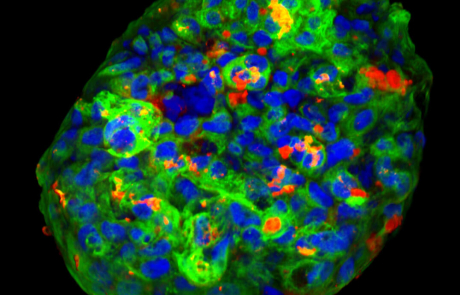
February 10, 2025
Innovation Grant Yields Exciting Advances and Additional Funding
Learn how lab-grown human beta cells are helping Eddie James, PhD, and other BRI researchers answer important questions in type 1 diabetes.
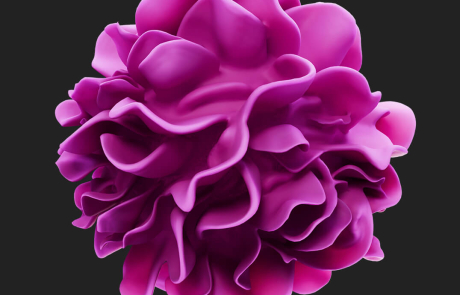
February 10, 2025
Computational Skills Grant Fuels Collaboration and Discovery
Learn how Susana Orozco, PhD, Hannah DeBerg, PhD, and Jessica Hamerman, PhD, are working together to apply the latest tools to long-standing research questions.
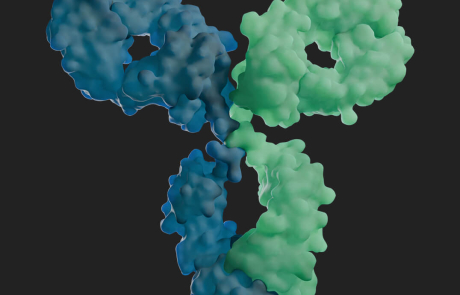
February 10, 2025
Catching Autoimmune Diseases Before They Start
Find out about new advances in autoimmune disease screening from a team led by Cate Speake, PhD.


